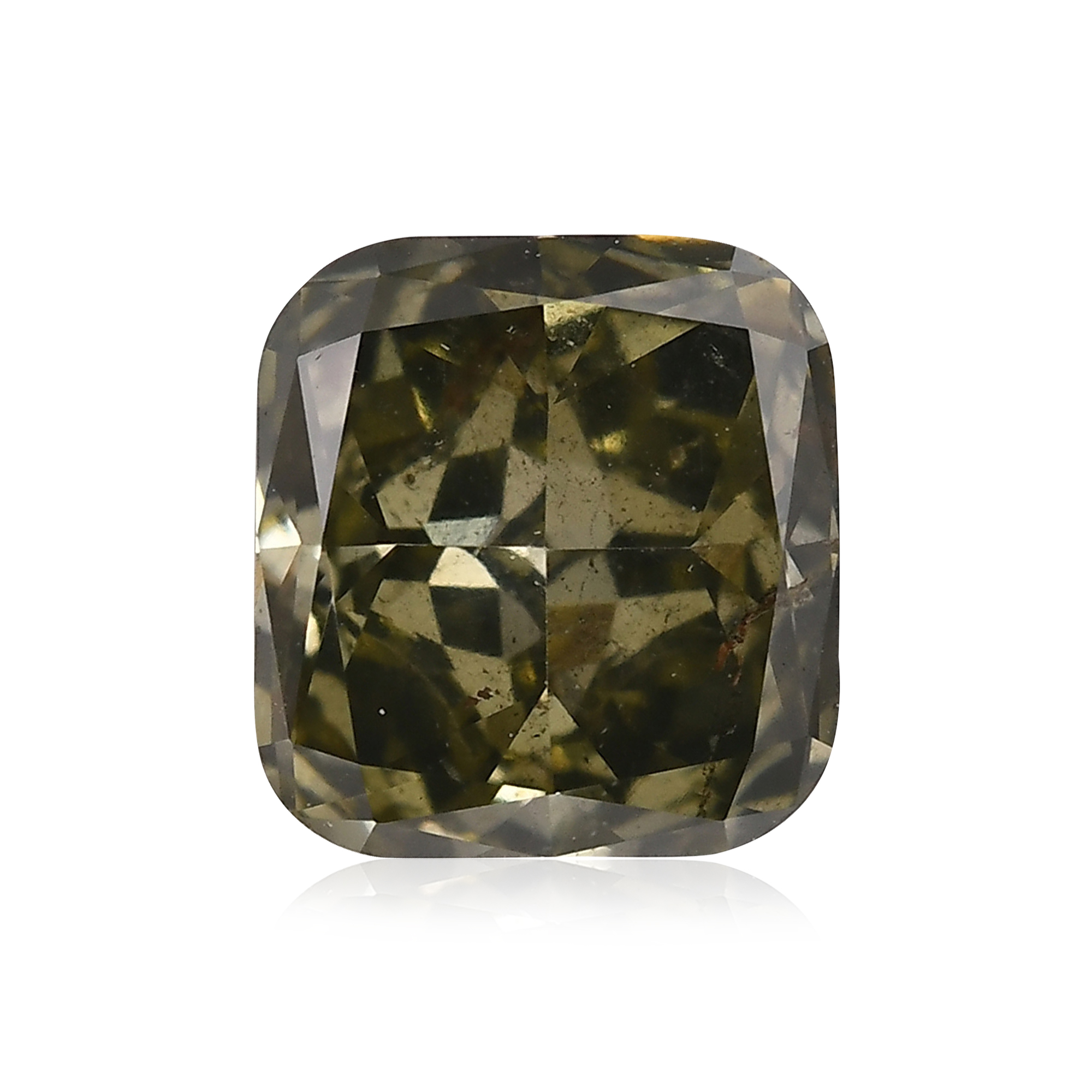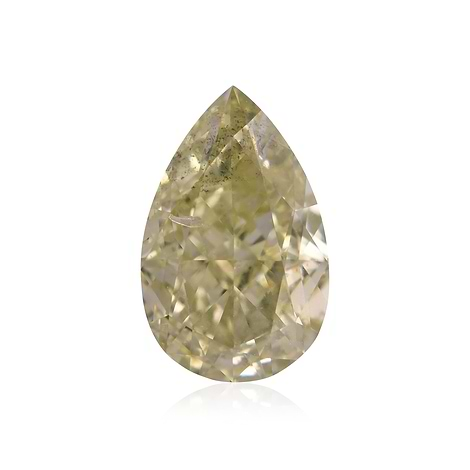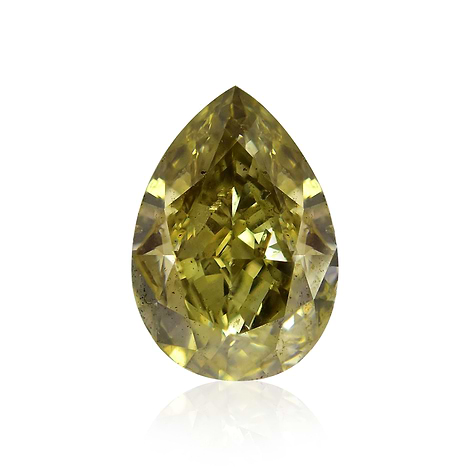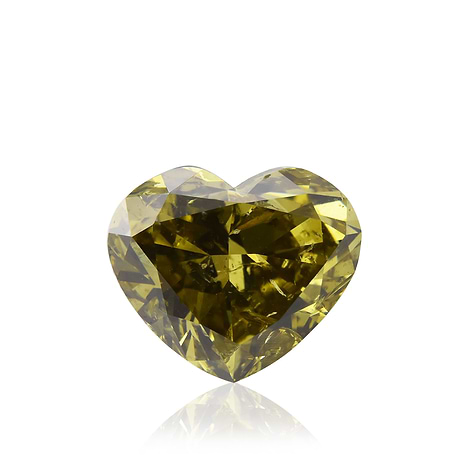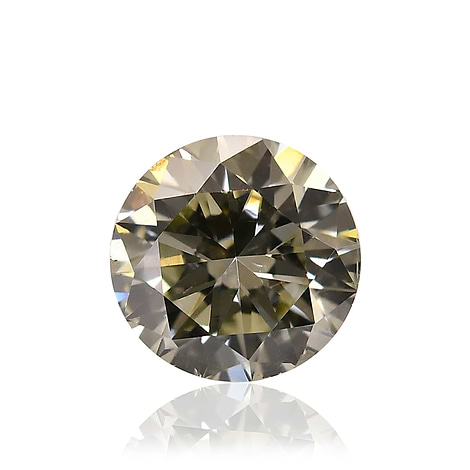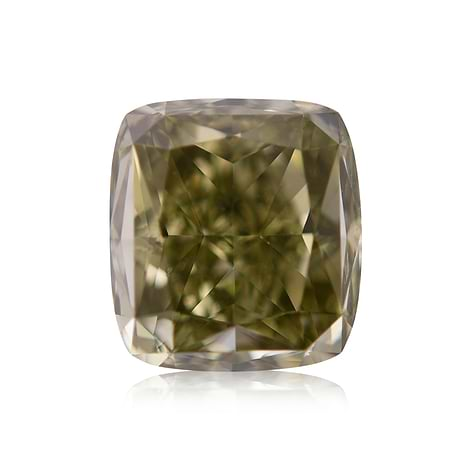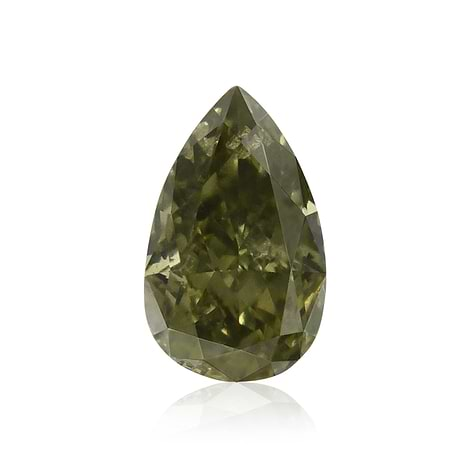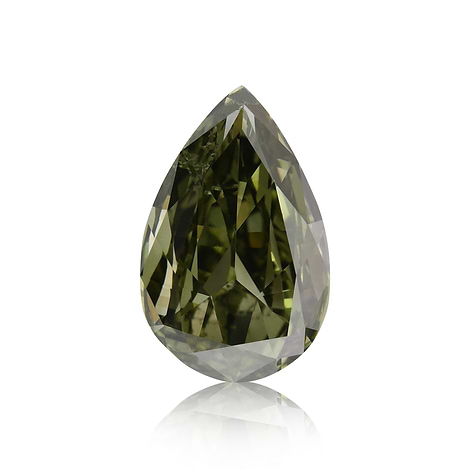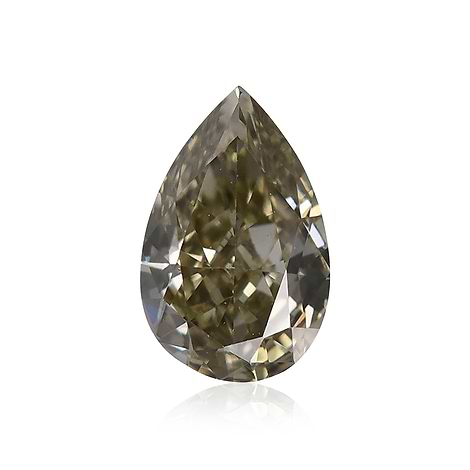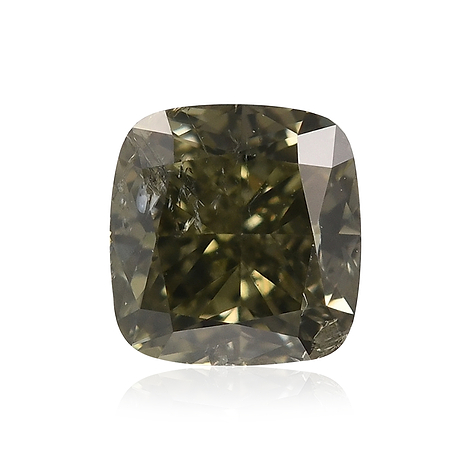Named after the reptile that changes its colors, the Chopard Chamelon is a 31.31 carat Chameleon oval shaped diamond. Not only is it named after the reptile, it exhibits the property of changing colors as well.
The Chameleon Color
Chameleon diamonds are known to be able to change colors between green, orange and yellow, depending on their surrounding temperature. They are the only type of diamond that can change color, although their initial color and subsequent change varies depending on the diamond itself. Some change from orange to green, some change from green to yellow- essentially, the color changes between a variety of olive green and a variety of yellow/orange, depending on whether the stones are 'Classic' or 'Reverse' Chameleon. This phenomenon is entirely natural and scientists have yet to discover the cause of this property in diamonds. There have been a number of theories recorded, but none with enough science to prove the fact. Chameleon diamonds have been classified as a natural color of their own. Their behavior cannot be replicated and there is no known treatment to cause the chameleon affect on other stones.
History
In 2007 Swiss jeweler Chopard acquired the diamond, and revealed it set in its delicate setting at Baselworld in 2008. The diamond is the centerpiece of a ring surrounded by a delicate pavé setting of tiny fancy color diamond diamonds, and was designed by renowned jewelry designer Caroline Gruosi-Scheufele. The Chopard Chameleon is the largest known chameleon diamond in the world, comfortably exceeding the previous record holder in size, a 22.28 carat chameleon heart shaped diamond.
Value
The estimated worth of the stone in 2008 was $10 Million.
The Discovery of the Chameleon Color
The year 1943 was the first time that the phenomenon of Chameleon color diamonds was officially recorded. Peter Kaplan, of Peter K. Kaplan Inc., noted that the color of a diamond seemed to have change to a darker color while on a very hot polishing wheel. The story goes that the diamond was confirmed a light yellow-green stone. However, the diamond's owner noticed that the light yellow-green color diamond jewelry that she had purchased turned to a dark green color after having been stored in a jewelry box for a long period of time. She went to return the stone to Kaplan becuase of its peculiar behavior, not knowing at the time that she was in possession of a highly valuable diamond that was most likely worth a lot more than for what she had purchased it.
Shop LEIBISH Natural Fancy Chameleon Diamonds
